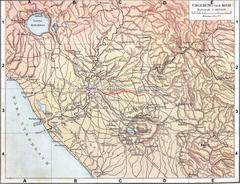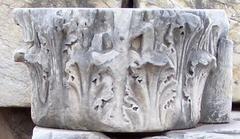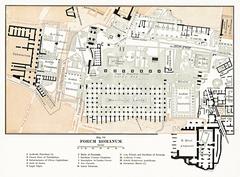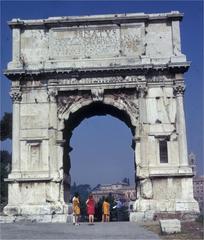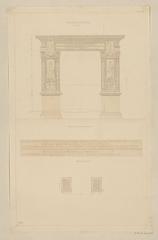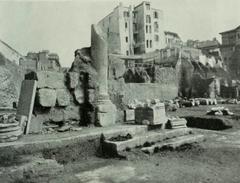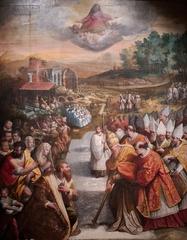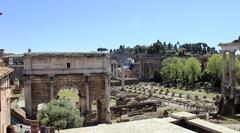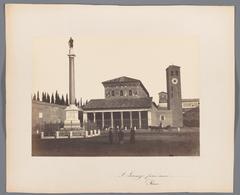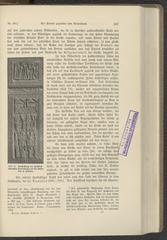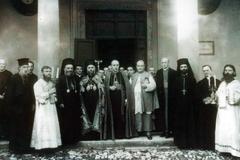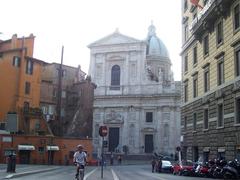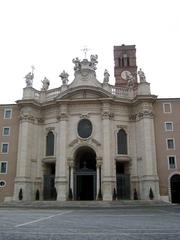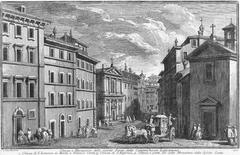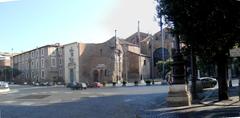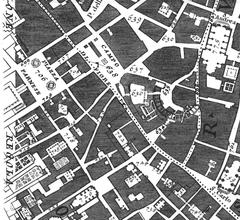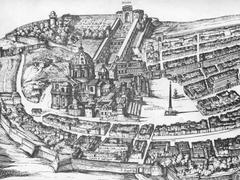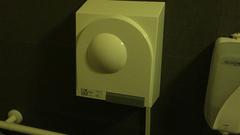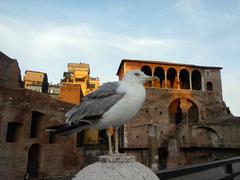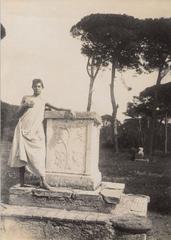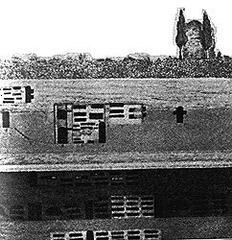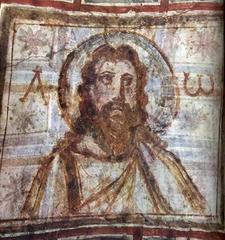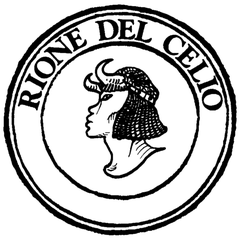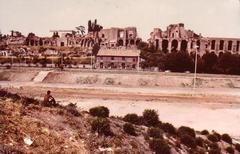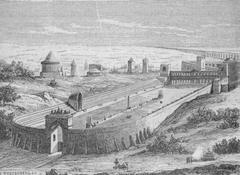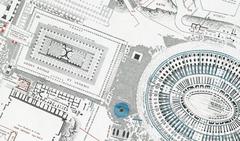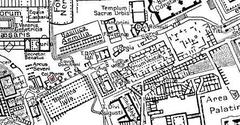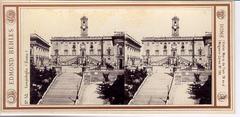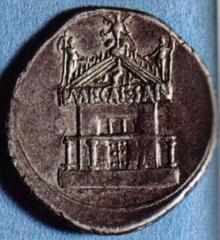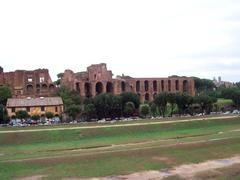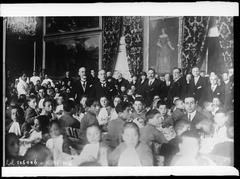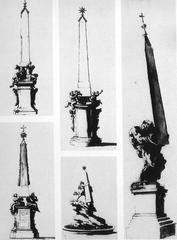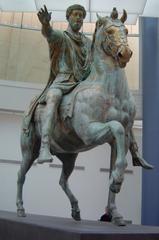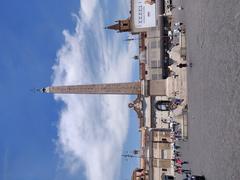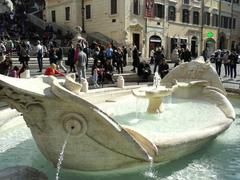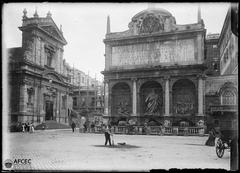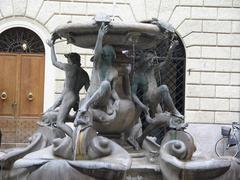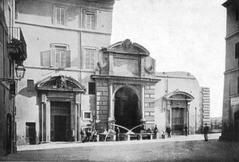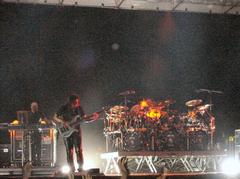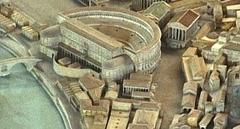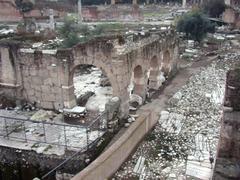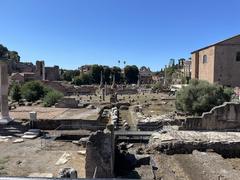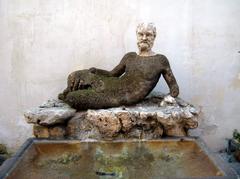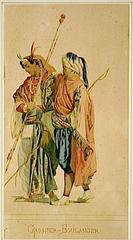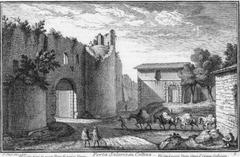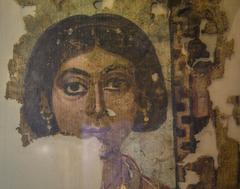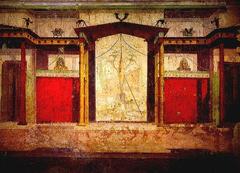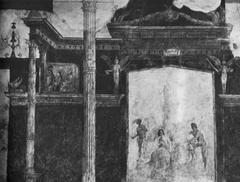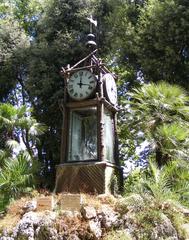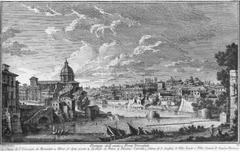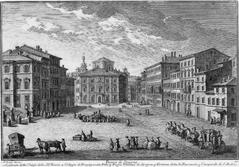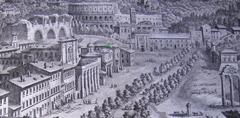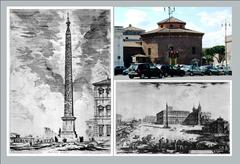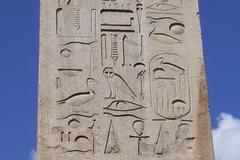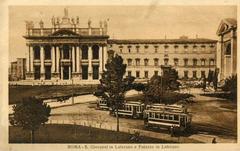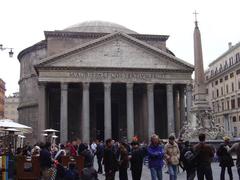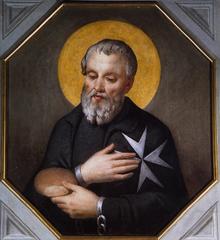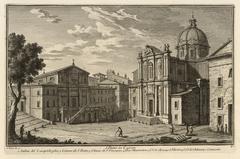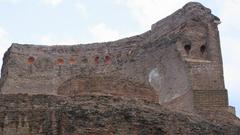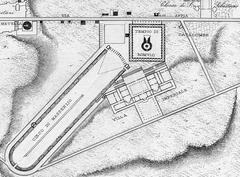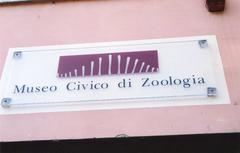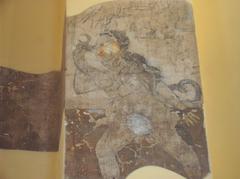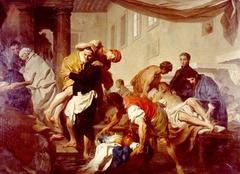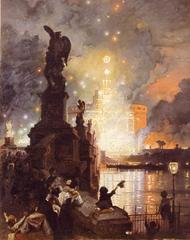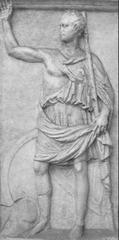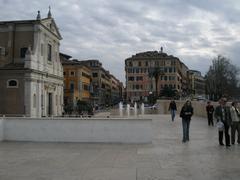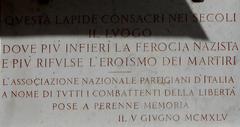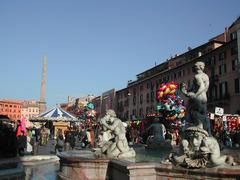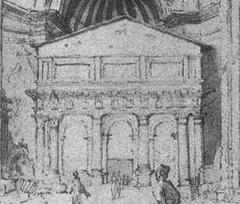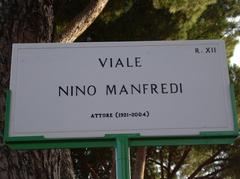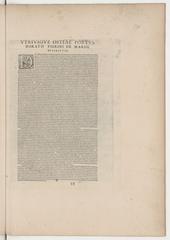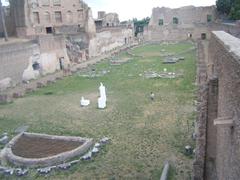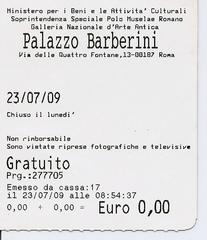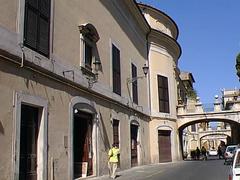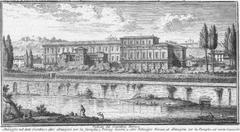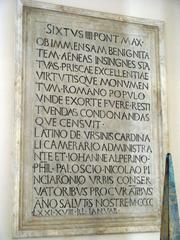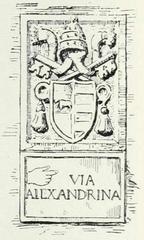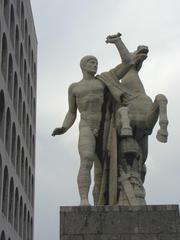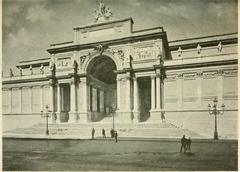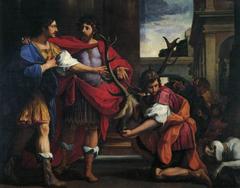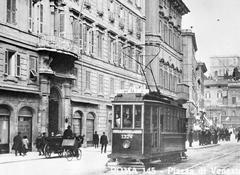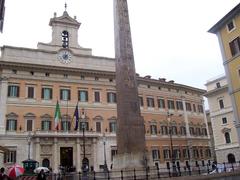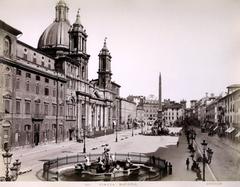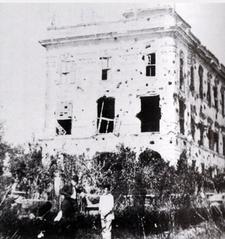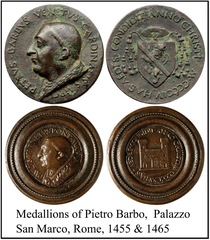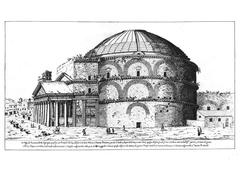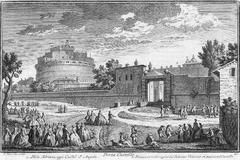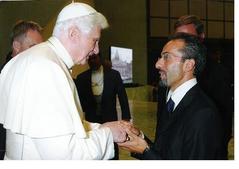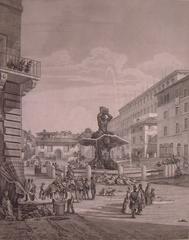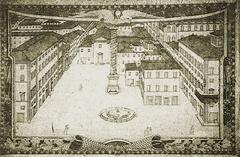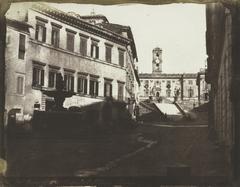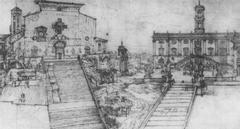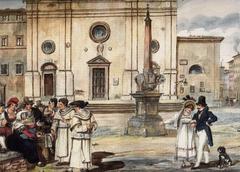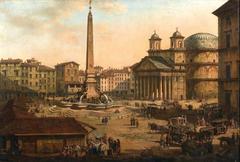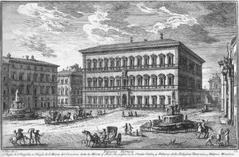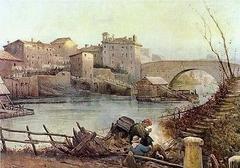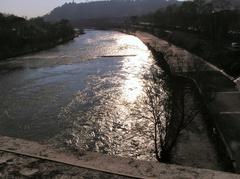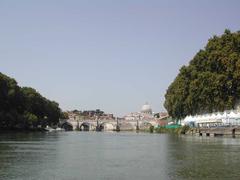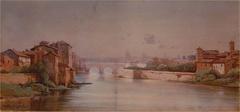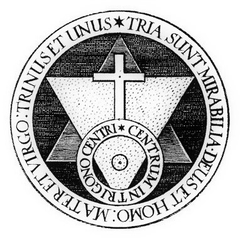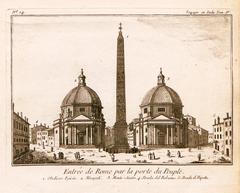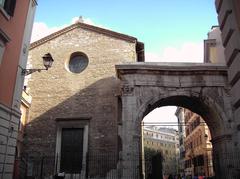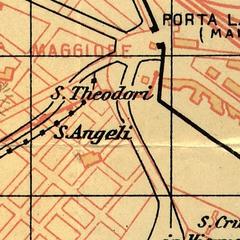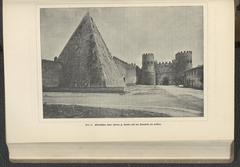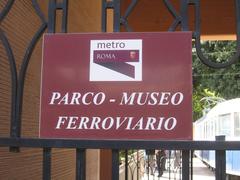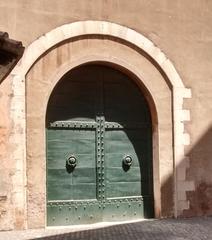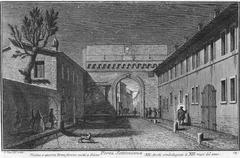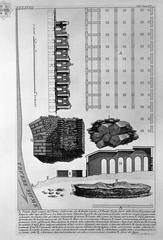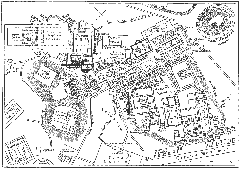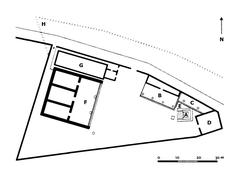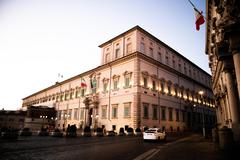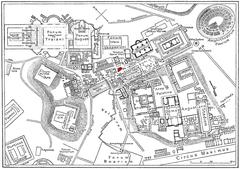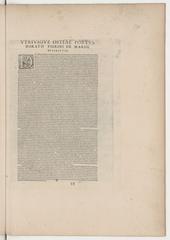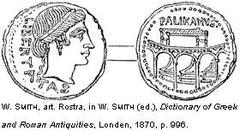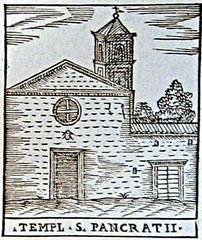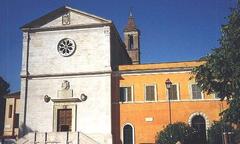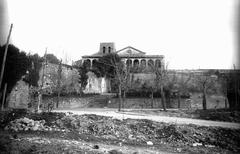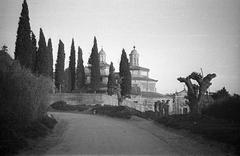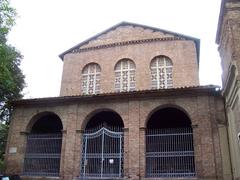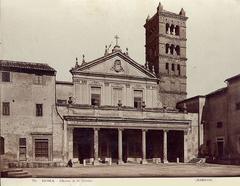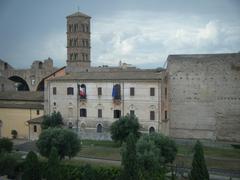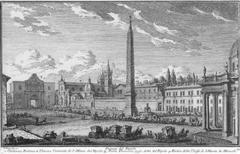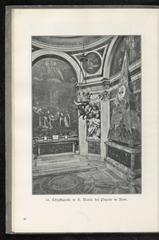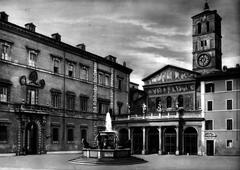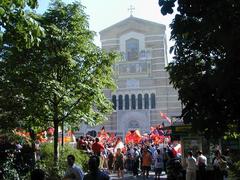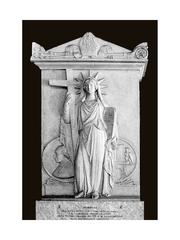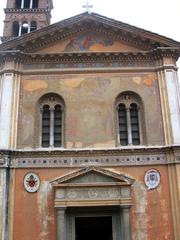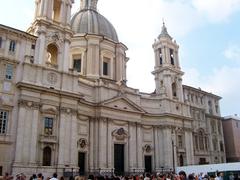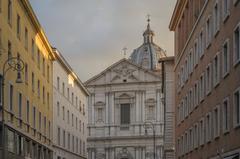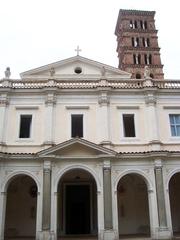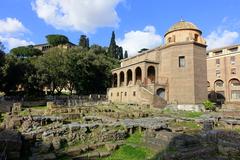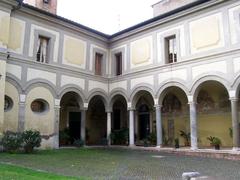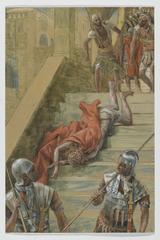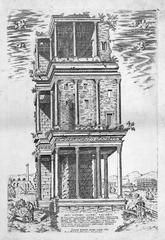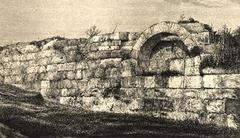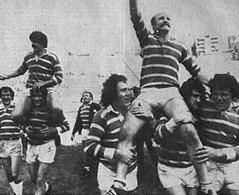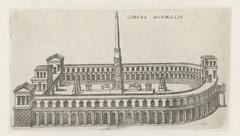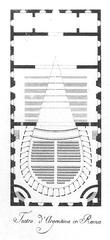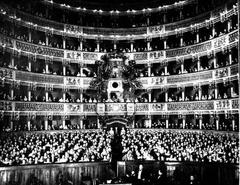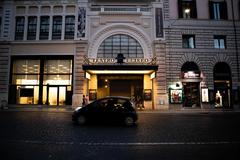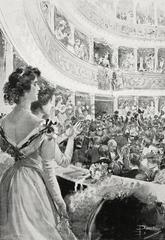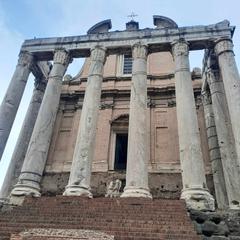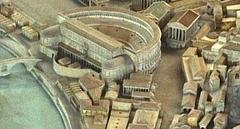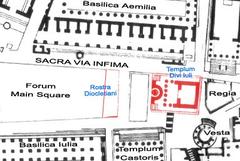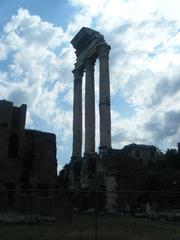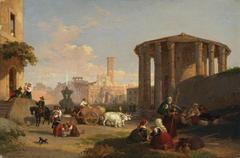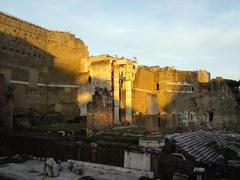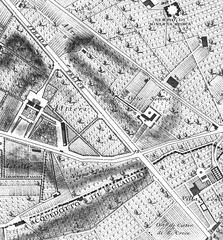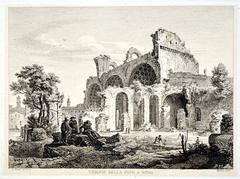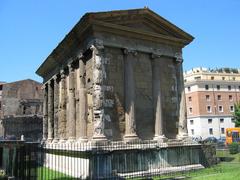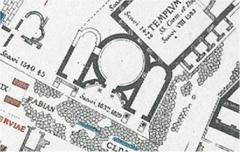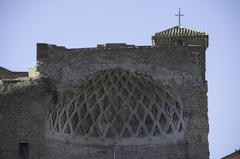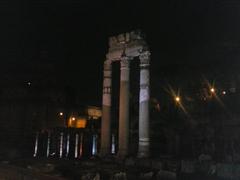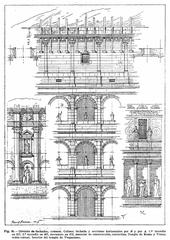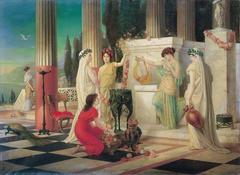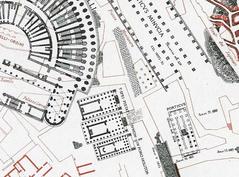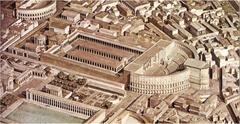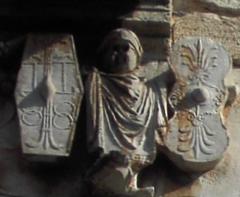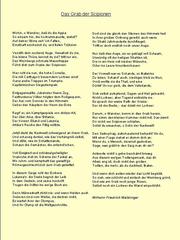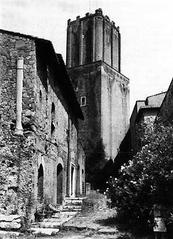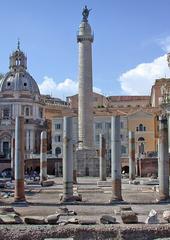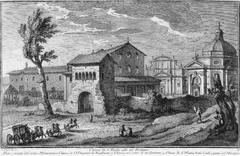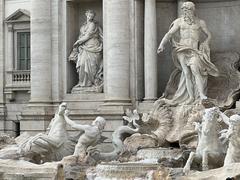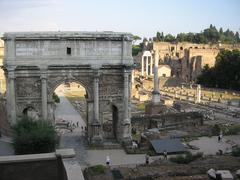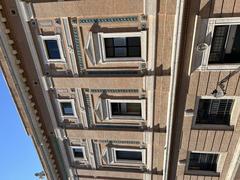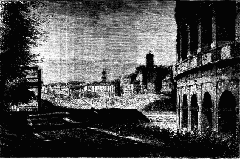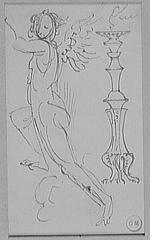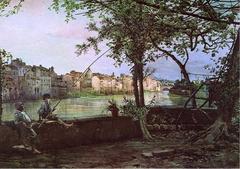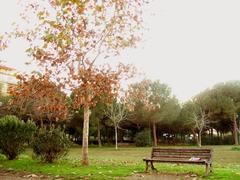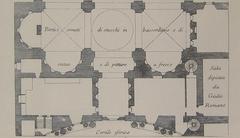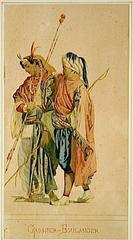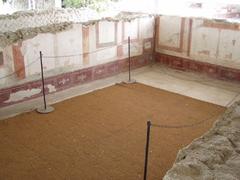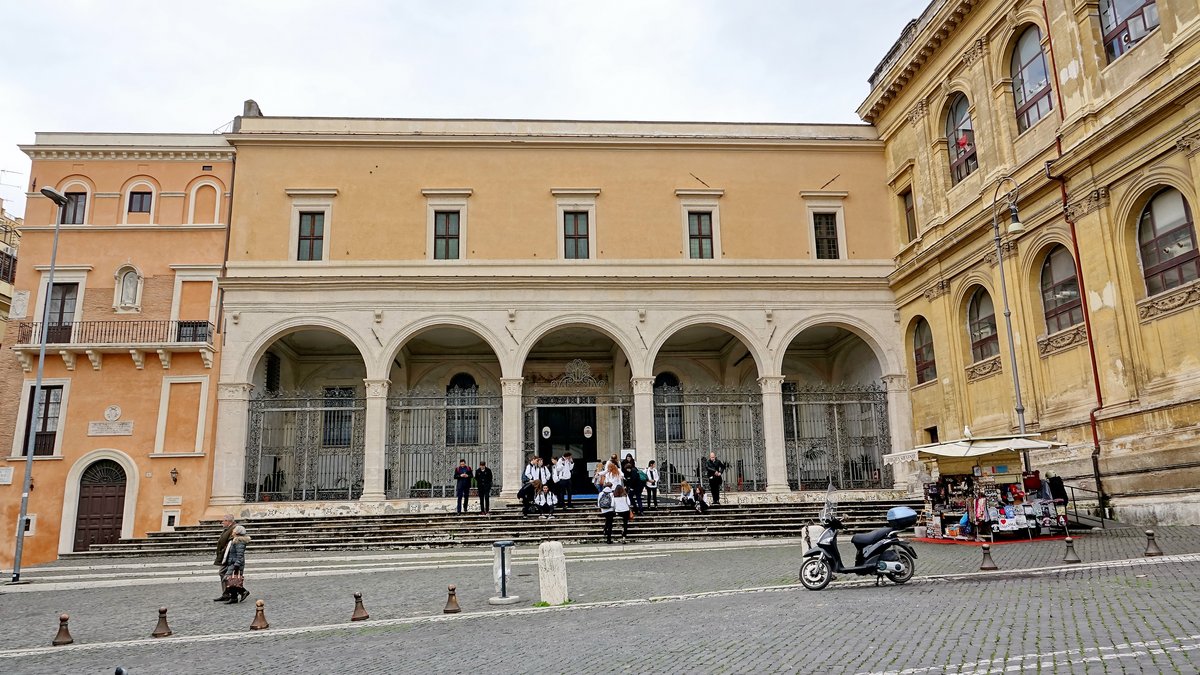
Visiting Piazza di San Francesco di Paola, Rome, Italy: Tickets, Hours, and Historical Significance
Publication Date: 31/07/2024
Introduction to Piazza di San Francesco di Paola
Piazza di San Francesco di Paola, located in the heart of Rome, Italy, is a site steeped in rich historical and architectural heritage. Named after St. Francis of Paola, the founder of the Order of Minims, the piazza is an emblem of Rome’s medieval, Renaissance, and Baroque influences. The church of San Francesco di Paola ai Monti, constructed between 1645 and 1650, serves as the focal point of the piazza and is adorned with a blend of late Baroque and medieval architectural elements (Wikipedia, Roma Segreta). Tourists and history enthusiasts flock to this site to marvel at its unique architectural features, such as the late Baroque high altar crafted by Giovanni Antonio de Rossi and the 12th-century Torre dei Margani, which serves as the church’s bell tower. The piazza, with its picturesque staircase known as ‘Salita dei Borgia,’ offers a serene escape within Rome’s bustling cityscape. This comprehensive guide will provide you with everything you need to know about visiting Piazza di San Francesco di Paola, including its history, architectural highlights, visitor tips, and nearby attractions.
Table of Contents
- Introduction
- History of Piazza di San Francesco di Paola
- Visitor Information
- Refurbishments and Modifications
- The Torre dei Margani
- The Legend of Vicus Sceleratus
- Impact of Urban Development
- Artistic Significance
- FAQ
- Conclusion
Introduction
Piazza di San Francesco di Paola, located in the heart of Rome, Italy, is a captivating historical site that offers a blend of medieval, Renaissance, and Baroque elements. This guide provides comprehensive coverage of its history, architectural features, visitor information, and tips for making the most of your visit.
History of Piazza di San Francesco di Paola
Origins and Naming
Piazza di San Francesco di Paola derives its name from the church dedicated to St. Francis of Paola, the founder of the Order of Minims (1416-1507). The piazza, along with its staircase known as “Salita dei Borgia,” forms one of the most picturesque corners of Rome. The area is reminiscent of a cloister without columns, thanks to the votive column topped with a cross (Roma Segreta).
Historical Development
The church of San Francesco di Paola ai Monti, which gives the piazza its name, was constructed between 1645 and 1650. The funds for its construction were provided by Olimpia Aldobrandini Pamphili, who had roots in Calabria, similar to St. Francis of Paola. The church was designed by Giovanni Pietro Morandi and was initially given to the Minim Friars, becoming the national church of the Calabrians (Wikipedia).
Architectural Features
The church’s late Baroque high altar was crafted by Giovanni Antonio de Rossi around 1655. Interestingly, no new bell tower was constructed for the church; instead, the 12th-century Torre dei Margani was utilized, preserving its medieval coat-of-arms (Wikipedia).
The façade of the church is divided into two orders. The lower order, made of travertine, features pilasters framing a beautiful portal flanked by two columns and topped by a triangular pediment. The upper order, slightly recessed, has a central window surmounted by a curved pediment and an oculus. The façade is adorned with cherubs, volutes, and the Aldobrandini family crests, honoring Olimpia Aldobrandini who funded the construction (Roma Segreta).
Visitor Information
Tickets and Opening Hours
The church and piazza are generally open to visitors every day. It is recommended to check the official website or local tourist information for the most up-to-date visiting hours and any potential entry fees. Guided tours may also be available, offering deeper insights into the historical and architectural significance of the site.
Travel Tips
- Best Time to Visit: Early mornings or late afternoons are ideal for avoiding crowds and enjoying a peaceful visit.
- Photography: The piazza offers several excellent spots for photography, especially around the Torre dei Margani and the picturesque staircase.
- Nearby Attractions: Consider visiting nearby historical sites such as the Colosseum, Roman Forum, and Basilica di San Pietro in Vincoli.
Refurbishments and Modifications
The church underwent significant refurbishments under Father Francesco Zavaroni di Montalto, General of the Order, with Luigi Berettoni serving as the architect. The lower part of the façade was refinished in plaster in the 18th century, and the entire church was restored in 1826 by Pope Leo XII. The church was not consecrated until July 10, 1728, by Pope Benedict XIII (Wikipedia).
The Torre dei Margani
The Torre dei Margani, also known as the Torre dei Borgia, is a significant feature of the piazza. This tower, dating back to the 12th century, was incorporated into the church complex and used as a bell tower. The tower has a square base and is made of brick with reinforcing buttresses. The crowning with travertine corbels dates back to the 15th century (Roma Segreta).
The Legend of Vicus Sceleratus
The street descending from Piazza di San Pietro in Vincoli to Via Cavour, known for its scenic staircase, corresponds to the ancient “vicus Virbius” and “vicus Sceleratus.” According to legend, Tullia, the daughter of King Servius Tullius, drove her chariot over her father’s corpse on this street, giving it the name “vicus Sceleratus” (Roma Segreta).
Impact of Urban Development
In 1884, during the construction of Via Cavour, the church of “S. Salvatore” was demolished, and the street level was significantly lowered. This necessitated the construction of a massive retaining wall that still characterizes the church of San Francesco di Paola, giving it a dramatic, almost suspended appearance (Roma Segreta).
Artistic Significance
The church contains several notable artworks. The ceiling of the sacristy was painted by Sassoferrato, depicting “The Blessed Virgin appearing to St. Francis of Paola.” The side wall features a Crucifixion and St. Francis of Paola by Francesco Cozza. Additionally, the church houses an icon of St. Francis, said to be a copy of a portrait, along with scenes from the life and miracles of the saint, visible in the sacristy and the second chapel on the south side (Wikipedia).
FAQ
Q: What are the visiting hours for Piazza di San Francesco di Paola?
A: Visiting hours can vary, so it is best to check the official website or local tourist information for the latest schedule.
Q: Is there an entry fee for the church of San Francesco di Paola?
A: Entry is generally free, but donations are appreciated. Special tours may have a fee.
Q: What are some nearby attractions?
A: Nearby attractions include the Colosseum, Roman Forum, and Basilica di San Pietro in Vincoli.
Q: Are guided tours available?
A: Yes, guided tours are often available and provide valuable insights into the history and architecture of the site.
Conclusion
Piazza di San Francesco di Paola stands as a testament to Rome’s rich history and architectural heritage. Whether you are a history enthusiast or a casual tourist, this piazza offers a serene escape and a unique glimpse into the past. Don’t forget to explore nearby attractions and capture the beauty of this picturesque corner of Rome. For more travel tips and historical insights, download the Audiala mobile app, check out our related posts, and follow us on social media.
References
- Roma Segreta, Piazza di San Francesco di Paola, https://www.romasegreta.it/monti/piazza-di-s-francesco-di-paola.html
- Wikipedia, San Francesco di Paola ai Monti, https://en.wikipedia.org/wiki/San_Francesco_di_Paola_ai_Monti
- San Francesco di Paola, History, https://sanfrancescodipaola.org/history/
- Travellers Worldwide, Best Time to Visit Rome, https://travellersworldwide.com/best-time-to-visit-rome/
- Introducing Naples, San Francesco di Paola Basilica, https://www.introducingnaples.com/san-francesco-di-paola-basilica
- AAA, Basilica of San Francesco di Paola, https://www.aaa.com/tripcanvas/attraction/basilica-of-san-francesco-di-paola-(basilica-di-san-francesco-di-paola)-VA15893
- Use Bounce, Best Time to Visit Rome, https://usebounce.com/guides/rome/best-time-to-visit-rome

